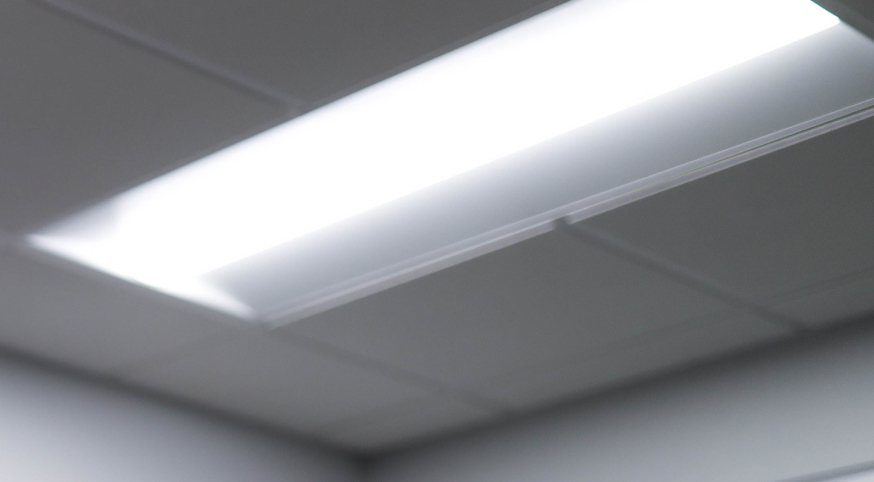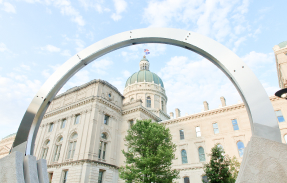Your Case Will Get
The Attention It Deserves

Carmel shows the world how roundabouts cut crashes.
It’s time for traffic officials and safety advocates to “come around” on roundabouts.
Roundabouts were introduced to the U.S. in the 1990s. Although they are popular in Europe, the U.S. has not embraced roundabouts. But we should. These traffic configurations greatly reduce speed and reduce fatal and serious injury-causing car accidents.
A typical roundabout is a small, single-lane circle of one-way traffic with multiple entrances and exits. It is not a rotary. Those traffic circles usually feature multiple lanes and 30-40 mph speed limits.
Indiana leads the way.
Evidence of roundabout effectiveness is ample. We don’t even need to leave the state.
Indiana is home to the Roundabout Capital of the World, Carmel. About one-quarter of Indiana’s roundabouts are located in Carmel. They have 143.
Studies conducted on the city’s unique approach to traffic management credit roundabouts with reducing the number of injury-causing traffic accidents in Carmel by about 47 percent.
In a recent interview, Carmel Mayor Jim Brainerd explained that roundabouts don’t make people less prone to mistakes behind the wheel. Instead, they are effective because the design reduces the opportunity for collisions and lowers the consequences for crash victims.
“People have a perception that a crosswalk is safe. And it is safe — until someone makes a mistake at 30, 40 miles per hour,” Brainerd said. “The chances of someone dying in that crash are way too high. A mistake made at 10, 15 even 18 miles an hour, those people are going to walk away from it. They may have some bruises, but they’re going to survive.”


Consider roundabouts to improve safety.
Communities that want to increase street safety for all users may not need as many roundabouts as Carmel. But roundabouts should be considered when officials and safety advocates discuss ways to reduce crashes.
Yet, some people are concerned that roundabouts increase car accidents. Roundabout supporters say that people are skeptical of the design because they confuse it with rotaries, and there is an adjustment period for drivers who aren’t used to the structure.
At Vaughan & Vaughan, we have seen the difference roundabouts can make. But they aren’t perfect. Bad accidents still happen in Carmel, often due to negligent drivers. If you are the victim of an Indiana car accident, contact Vaughan & Vaughan for a free consultation. We can answer your crash-related legal questions and help weigh your options.

Roundabout facts
To increase awareness of roundabouts, we are sharing information about what they are and how they reduce crashes.
- Roundabouts reduce car accidents by design. The tight curve of the circle forces vehicles to slow down to get through the intersection. (Low speeds are linked to fewer accidents.) Forcing all traffic in the same direction lowers the risk of head-on collisions. Single-lane rotaries substantially cut opportunities for turn-related accidents.
- There are about 8,800 roundabouts in the U.S. – 600 are in Indiana.
- There are different types of roundabouts with various design features. The “double teardrop” or “dog bone” shape rotaries are the most effective. Carmel’s dog bone roundabout has reduced crashes in the area by 84 percent. Double-lane roundabouts are the least effective but still cut accidents by 15 percent.
- Traffic jams in Carmel are down by 8 percent, likely due to the continuous flow of vehicles through roundabouts.
We stand up for injured Indiana car accident victims.
Vaughan & Vaughan has served clients in the greater Lafayette area for over a century. If you were injured in an Indiana car accident, contact us to find out how we can help you maximize your compensation. We offer free and confidential case evaluations to our clients. A member of our team is available to hear from you any time, day or night. Contact us today.




